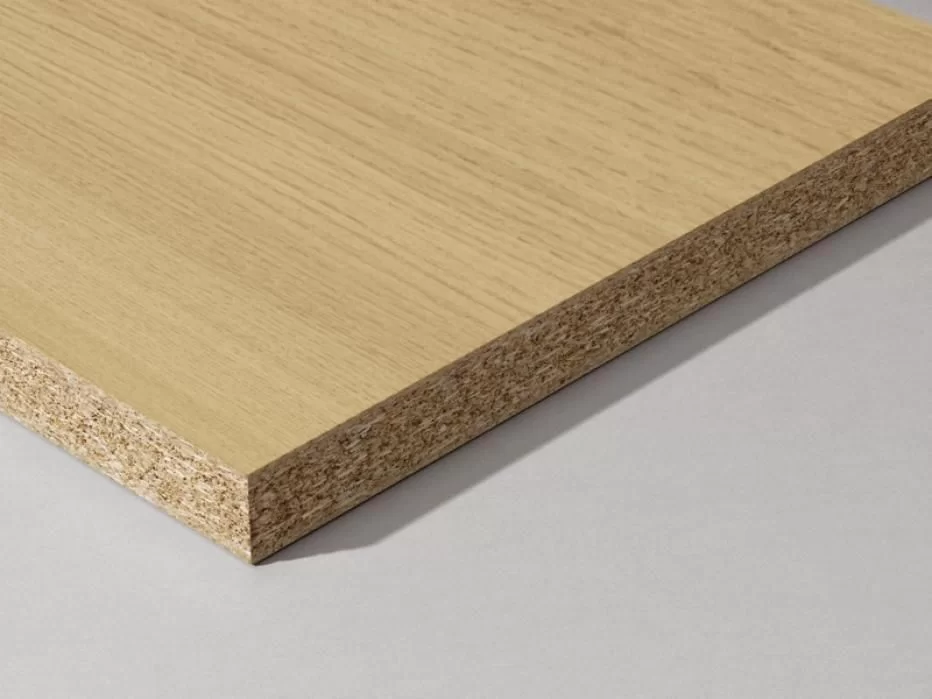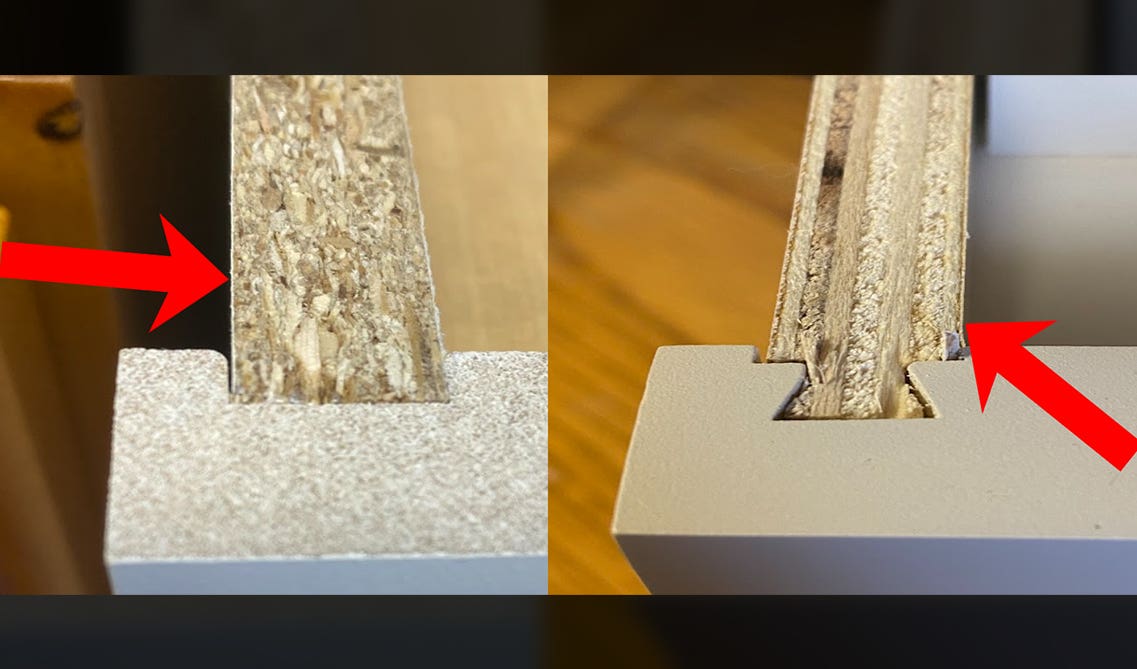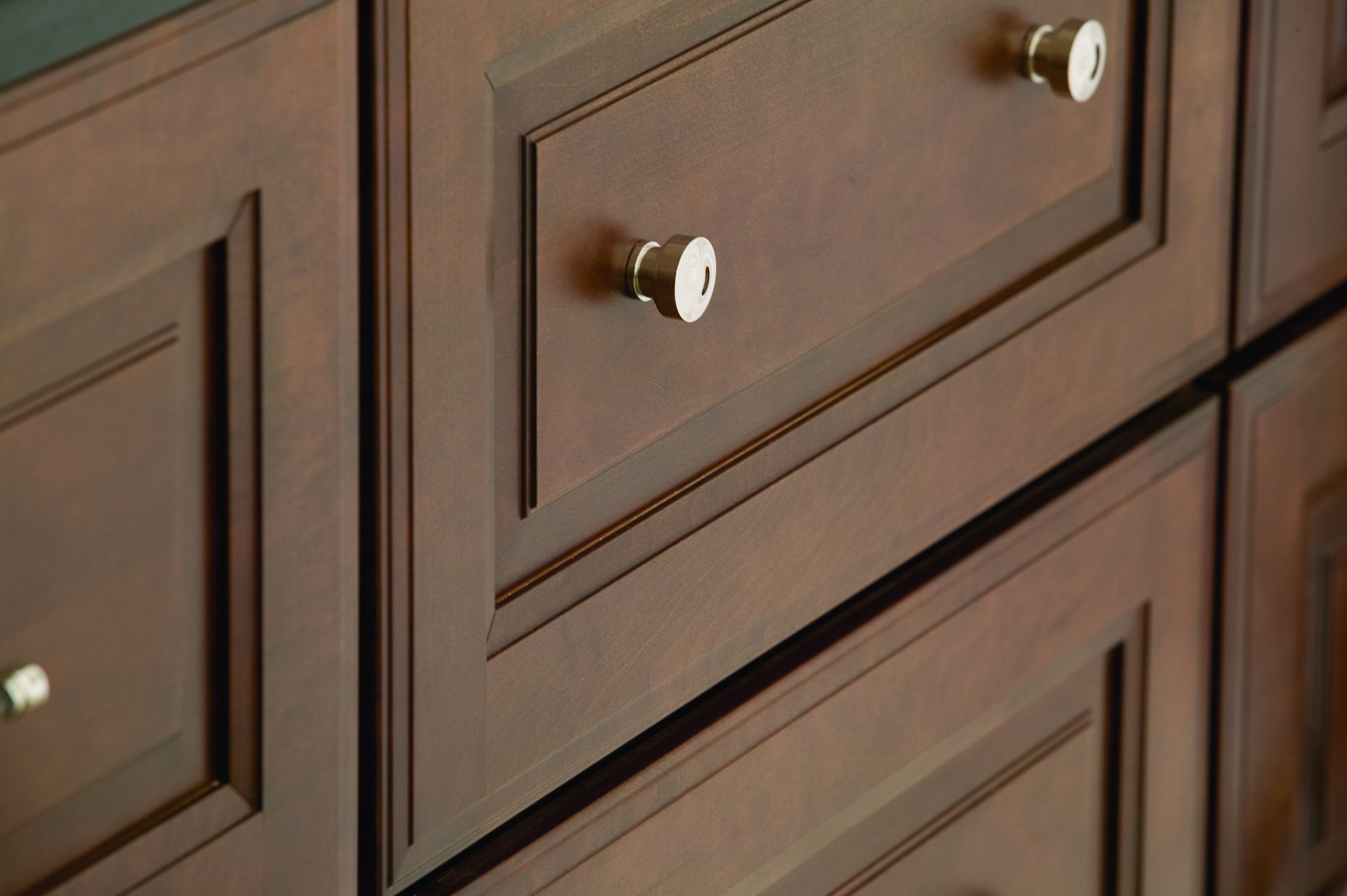Are you planning a kitchen makeover or looking to upgrade your living space with new cabinets? You might be torn between choosing furniture board and plywood for your cabinets.
This decision can feel overwhelming, especially when both options have their own set of advantages and disadvantages. You want to ensure that your choice not only fits your budget but also stands the test of time, adding value to your home.
Imagine the satisfaction of opening your cabinets every day, knowing you made the right choice in materials. The feeling of durability, aesthetics, and functionality all seamlessly coming together can elevate your daily living experience. You’ll uncover the key differences between furniture board and plywood cabinets, learn about their unique benefits, and discover which one is truly the best fit for your home and lifestyle. Stick around, and you’ll be well-equipped to make an informed decision that you won’t regret.

Credit: bathpluskitchen.com
Material Composition
Choosing the right material for your kitchen cabinets is crucial. Two popular options are furniture board and plywood. Understanding their material composition helps make an informed decision. Each has unique features and benefits that cater to different needs and preferences.
Understanding Furniture Board
Furniture board, also known as particle board, is a budget-friendly option. It is made from wood chips, shavings, and sawdust. These materials are bonded together using adhesives. The surface is smooth and often laminated. This gives it a polished look. It is lightweight and easy to handle. Despite its affordability, it lacks durability compared to plywood.
Composition Of Plywood
Plywood offers more strength and stability. It consists of thin layers of wood veneer. These layers are glued together with alternating grain directions. This technique enhances its strength. Plywood is resistant to warping and cracking. It is a preferred choice for high-quality cabinets. Its natural wood grain gives a sophisticated appearance. The composition makes it durable and reliable.

Credit: www.lilyanncabinets.com
Strength And Durability
Furniture board offers affordability but lacks the sturdiness of plywood. Plywood cabinets provide superior strength and long-lasting durability. Ideal for high-use areas in homes.
When choosing between furniture board and plywood cabinets, understanding their strength and durability is crucial. The longevity and resilience of your cabinets can significantly impact your kitchen’s functionality and aesthetics. Let’s explore how these materials stack up in terms of load-bearing capabilities and resistance to damage.Load-bearing Capabilities
Furniture board, commonly known as particle board, is made from compressed wood particles and glue. While it is often more affordable, its load-bearing capabilities are less than plywood. It might suffice for lighter items, but consider how much weight your cabinets will hold. Plywood is constructed with thin layers of wood veneer glued together, providing impressive strength. Its cross-grain pattern enhances its ability to bear weight. If you’re storing heavy dishes or appliances, plywood is a reliable choice. Think about your lifestyle. Do you frequently host large gatherings or store bulky cookware? Plywood’s robust structure can offer the peace of mind you need.Resistance To Damage
Furniture board is more susceptible to moisture and impact damage. If you’ve ever had a drink spill in your cabinets, you know how important moisture resistance is. Over time, exposure to water can weaken furniture board, causing it to swell or warp. Plywood, on the other hand, offers better resistance to moisture and physical impacts. Its layered construction provides added protection against dings and dents. This is particularly beneficial in a busy household where cabinets are used extensively. Consider the environment of your kitchen. Is it prone to humidity or frequent spills? Plywood may provide a more durable and lasting solution. Ultimately, the choice between furniture board and plywood cabinets hinges on your specific needs and lifestyle. By weighing their load-bearing capabilities and resistance to damage, you can make an informed decision that ensures both functionality and longevity for your kitchen space.Cost Comparison
Furniture board often costs less than plywood for cabinets, offering budget-friendly options. Plywood, though pricier, provides durability and strength, justifying the higher expense for long-term use.
When choosing cabinets for your home, understanding the cost differences between furniture board and plywood can guide your decision. Both materials have their pros and cons, impacting your budget and the long-term value of your investment. Let’s break down the cost factors to help you make an informed choice.Price Points
Furniture board, often referred to as particle board, is typically less expensive than plywood. If you’re on a tight budget, you might lean toward furniture board. Plywood, on the other hand, tends to be pricier. The manufacturing process and quality materials contribute to its higher cost. Imagine renovating your kitchen on a shoestring budget. Furniture board cabinets might seem appealing due to their affordability. But remember, cheaper isn’t always better.Long-term Value
Consider the longevity of your investment. Plywood cabinets often outlast furniture board due to their durability. A friend of mine recently chose plywood for his kitchen remodel. Years later, his cabinets still look brand new, proving their resilience. Furniture board cabinets may save you money upfront, but what about replacement costs? If they wear out quickly, you might spend more in the long run. Ask yourself, are you willing to pay extra for quality now to avoid future headaches? Investing in plywood could mean less maintenance and fewer replacements down the road. When weighing cost, think beyond the initial price tag. Assess how each material will serve your home over time.Aesthetic Appeal
Choosing cabinets involves considering various factors, and aesthetic appeal is crucial. The look of your cabinets can define the style of your kitchen or bathroom. Furniture board and plywood offer different visual options. Understanding these can help you decide.
Surface Finishing Options
Furniture board offers a range of finishing options. Laminates and melamine surfaces are popular. They provide a smooth and modern finish. These surfaces are easy to clean and maintain. Plywood, on the other hand, can be stained or painted. This gives a more traditional and natural look. It offers flexibility in color and finish.
Texture And Visual Style
The texture of furniture board is consistent. It usually has a uniform appearance. This suits contemporary styles. Plywood has a unique grain pattern. Each sheet can look different. This adds character and warmth to spaces. It fits rustic and classic designs well.
Ease Of Installation
Ease of installation is a key factor in cabinet selection. Both furniture board and plywood cabinets have their unique installation processes. Understanding these can help you make an informed decision. Let’s explore how each material fares in handling, cutting, and assembly.
Handling And Cutting
Furniture board is lighter than plywood. This makes it easier to move around. It can be a great choice for DIY projects. Cutting furniture board is straightforward. Standard saws work well with it. This saves time and effort.
Plywood is heavier and more robust. It demands more strength to handle. Cutting plywood requires precision tools. Fine-tuning cuts can be tricky. So, it may need professional help. This can add to installation time and cost.
Assembly Process
Furniture board cabinets often come in flat packs. They include pre-drilled holes and connectors. This simplifies the assembly process. Even a novice can assemble them with ease. Instructions are usually clear and concise.
Plywood cabinets often need custom assembly. This requires more skill and tools. Aligning pieces accurately is crucial. Misalignment can affect the final look. Many prefer hiring experts for this reason. It ensures quality and precision in assembly.
Environmental Impact
Choosing between furniture board and plywood cabinets affects the environment. Furniture board uses less wood, reducing deforestation. Plywood, made from layers, often lasts longer, minimizing waste.
Environmental Impact When choosing between furniture board and plywood cabinets, understanding their environmental impact can guide you in making an eco-friendly decision. As you consider these options, it’s crucial to look at how each material affects our planet. Let’s dive into the sustainability factors and recyclability aspects of both materials.Sustainability Factors
Furniture board, often made from particleboard, usually contains recycled wood fibers. This makes it a more sustainable option compared to plywood, which requires whole logs. However, the adhesives used in furniture board can release harmful chemicals. Plywood, on the other hand, is generally more durable and lasts longer. This longevity reduces the need for replacements, which can lower the overall environmental footprint. Think about how long you want your cabinets to last and whether you’re okay with a potential trade-off in sustainability. If you’re passionate about reducing deforestation, furniture board might seem like the winner. But what about the chemicals involved? Is it worth considering a balance between recycled content and the potential environmental cost?Recyclability And Disposal
Furniture board can sometimes be harder to recycle due to the adhesives and resins used. These substances can complicate the recycling process and even make it non-recyclable in some areas. Always check local recycling guidelines to see if furniture board is accepted. Plywood, despite being made from whole wood, is more straightforward to recycle. Once its life as a cabinet is over, it can often be repurposed or broken down more easily than furniture board. Have you ever thought about what happens to your cabinets when they’re no longer useful to you? Proper disposal of cabinets is something many overlook, yet it’s crucial for environmental conservation. Consider the end-life of your choice and how it aligns with your values on sustainability and waste reduction. By thinking about these factors, you can make a more informed decision that aligns with your environmental priorities. How does your choice reflect your commitment to sustainability?Water Resistance
Furniture board cabinets often struggle with water resistance, making them less durable in moist environments. Plywood cabinets, on the other hand, offer better water resistance, ensuring longevity even in areas prone to humidity. Choosing the right material can significantly impact the lifespan and quality of your kitchen or bathroom cabinetry.
When choosing between furniture board and plywood cabinets, water resistance is a critical factor to consider. Understanding how each material reacts to moisture can save you from future headaches. Whether you’re planning a kitchen upgrade or a bathroom remodel, the ability of your cabinets to withstand water exposure is paramount.Moisture Vulnerability
Furniture board, often made from particleboard, tends to be more vulnerable to moisture compared to plywood. If you’ve ever spilled water near furniture board cabinetry, you might have noticed some swelling or warping. That’s because this material absorbs moisture more readily. Plywood, on the other hand, is constructed from layers of wood veneer, which are glued together. This structure makes plywood more resistant to moisture. It doesn’t swell or warp as easily, maintaining its form and integrity longer. Have you experienced mold or mildew in your cabinets? It’s a common issue with moisture-prone materials. Plywood’s superior water resistance can help prevent these problems, making it a safer choice for damp environments.Suitable Environments
Where are you planning to install your cabinets? In kitchens and bathrooms, where humidity levels are high, moisture-resistant materials are a must. Plywood often performs better in these spaces, offering durability and long-term reliability. Furniture board might be more appropriate in dryer areas, such as bedrooms or living rooms. If you’re setting up a home office, for example, furniture board could be a cost-effective choice without the risk of water damage. Think about the climate you live in. If your area experiences high humidity or frequent rainfall, investing in plywood could be a wise decision. It could save you from costly repairs down the road. Are your cabinets near a water source, like a sink or dishwasher? If so, prioritize water resistance to extend their lifespan. Plywood’s construction makes it less susceptible to water damage, keeping your cabinets looking new for longer. Choosing the right cabinet material impacts not just aesthetics but also functionality and durability. Which will you choose for your home: the budget-friendly furniture board or the moisture-resistant plywood?
Credit: www.bkckitchenandbath.com
Applications And Use Cases
Furniture board offers affordability for cabinets, ideal for budget-friendly projects. Plywood provides durability, making it perfect for high-use areas. Both materials serve different needs, balancing cost and strength for diverse applications.
When choosing between furniture board and plywood cabinets, understanding their applications and use cases can guide your decision. Whether you’re furnishing your home or setting up a workspace, knowing where each material thrives is key to making the right choice.Residential Settings
In homes, the charm of furniture board often lies in its cost-effectiveness. It’s a popular choice for kitchen cabinets, wardrobes, and bookshelves, especially in modern apartments where budget is a concern. Its smooth finish and ability to mimic wood grains make it a favorite for aesthetic appeal without breaking the bank. On the other hand, plywood’s strength and durability make it ideal for areas that see heavy usage. Think about the bathroom, where moisture can wreak havoc on lesser materials. Plywood’s resistance to warping makes it a wise choice for bathroom vanities and even under-sink storage. Which areas in your home demand durability and which ones focus more on style and savings?Commercial And Industrial Use
In commercial settings, furniture board often wins for its versatility and cost savings. Office cabinets and partition walls frequently utilize this material due to its adaptability and ease of assembly. Businesses looking to furnish large spaces without overspending might find it a practical solution. Plywood, with its robust nature, often finds its niche in industrial applications. It’s commonly used in manufacturing environments for workbenches and storage units that need to withstand significant weight and wear. Its ability to bear heavy loads while maintaining structural integrity is unmatched. Have you considered which qualities are non-negotiable for your commercial or industrial needs? Understanding where each material excels can help you make informed decisions for both residential and commercial applications. How will you leverage these insights to meet your specific needs?Frequently Asked Questions
What Is Furniture Board?
Furniture board is a type of engineered wood. Made from wood fibers and resin. It’s affordable.
How Does Plywood Compare To Furniture Board?
Plywood is stronger. Made from thin wood layers glued together. More durable than furniture board.
Which Is Better For Kitchen Cabinets?
Plywood is generally better. Offers strength and water resistance. Ideal for kitchen environments.
Can Furniture Board Cabinets Last Long?
Yes, but depends on quality. High-quality furniture board can last years. Regular maintenance helps.
Are Plywood Cabinets More Expensive?
Yes, typically they are. Plywood costs more due to durability and quality. Worth the investment.
Conclusion
Choosing between furniture board and plywood cabinets depends on your needs. Furniture board offers affordability. Plywood provides durability. Consider your budget and desired longevity. Both materials have their own benefits. Think about the look and use of your space. Will it handle daily wear?
Or need frequent updates? Each choice has a role in different settings. Make an informed decision based on your preferences. Both options can fit various styles and demands. Choose wisely for a satisfying result. Your perfect cabinet awaits.




